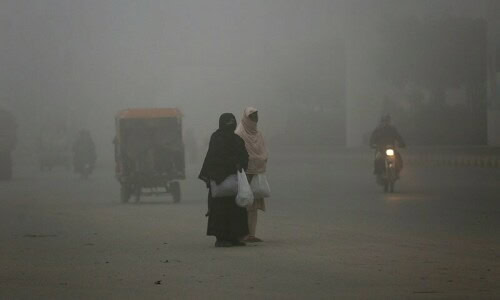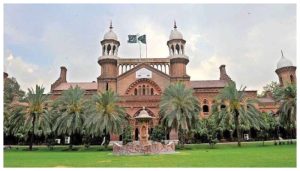LAHORE – Pakistan, much like other South Asian nations, grapples with a concerning surge in pollution, contributing to some of the world’s poorest air quality.
According to IQAir, a Swiss air quality technology firm, Pakistan ranked second globally for its dismal air quality in 2023, with an average PM2.5 concentration of 73.7 micrograms per cubic meter (μg/m³). PM2.5 refers to lung-damaging airborne particles, the World Health Organization (WHO) recommends levels not exceeding 5μg/m³.
In Islamabad, PM2.5 levels surged to an all-time high of 42.4μg/m³, marking the city’s worst recorded levels in seven years. Meanwhile, Lahore, previously dubbed the world’s most polluted city in March 2023, saw PM2.5 levels climb over 20μg/m³ to reach 99.5µg/m³, with monthly averages peaking at 251µg/m³ in November, prompting judicial directives for a “smog emergency.”
The report highlighted that every Pakistani city monitored exceeded 30µg/m³, six times higher than WHO’s recommended annual PM2.5 guideline. Aside from Lahore, cities like Faisalabad, Karachi, Peshawar, and Rawalpindi also registered dangerously high PM2.5 levels, largely attributed to crop burning, deforestation, industrial emissions, vehicle exhaust, and smoke from brick kilns.
In response, the government imposed lockdowns in Punjab cities due to thick smog. In December 2023, Lahore witnessed its inaugural artificial rain as planes equipped with cloud-seeding gear targeted ten areas to combat hazardous air quality.
Pakistan’s PM2.5 levels rank second globally, trailing behind Bangladesh’s 79.9μg/m³, with India ranking third at 54.4μg/m³.














